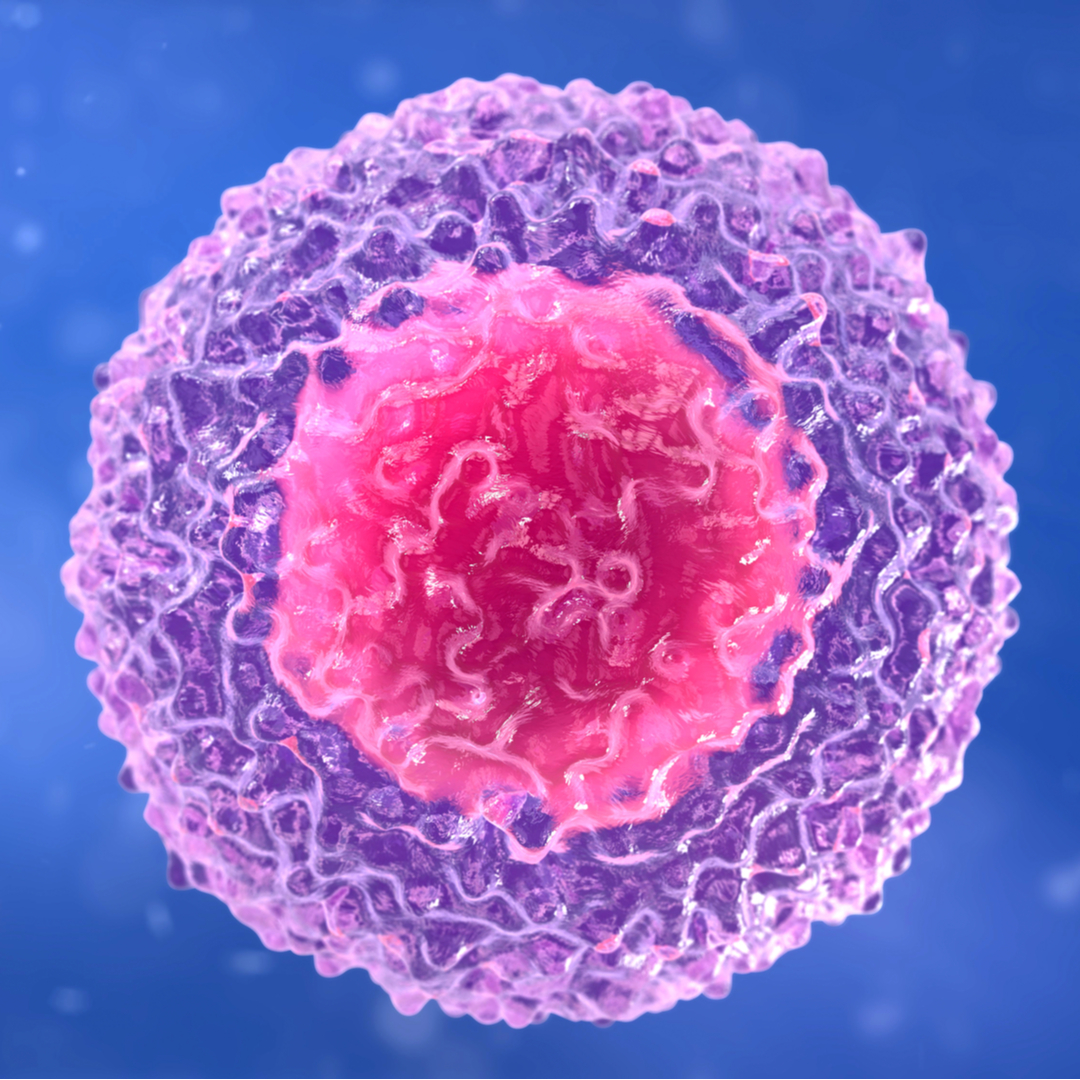Chronic activation of 4-1BB signaling induces granuloma development in tumor-draining lymph nodes that is detrimental to subsequent CD8+ T cell responses
Chronic activation of 4-1BB signaling induces granuloma development in tumor-draining lymph nodes that is detrimental to subsequent CD8+ T cell responses
Authors: Seon-Hee Kim, Rohit Singh, Chungyong Han, Eunjung Cho, Yu I. Kim, Don G. Lee, Young H. Kim, Sang Soo Kim, Dong Hoon Shin, Hye Jin You, Hyeon-Woo Lee, Byoung S. Kwon & Beom K. Choi
Summary
The antitumor capabilities of agonistic anti-4-1BB mAbs have made them an attractive target for tumor immunotherapy. However, the adverse side effects associated with agonist antibodies have hindered their clinical development. Here, we aimed to study the immune-related adverse events of repeated doses and long-term use of agonistic anti-4-1BB mAbs. We show that chronic activation of 4-1BB signals induced the accumulation of IFN-γ-producing PD-1+CD8+ T cells in the secondary lymphoid organs of tumor-bearing mice by increasing the number of dividing CD8+ T cells, which was beneficial for suppressing tumor growth in the early phase of anti-4-1BB induction. However, repeated exposure to anti-4-1BB mAbs led to granuloma development in tumor-draining lymph nodes (TDLNs) of mice due to recruitment and accumulation of macrophages via the CD8+ T cell-IFN-γ axis. This was accompanied by excessive lymph node swelling, which impaired the sequential activation of CD8+ T cells. Our data provide insights into the immune-related adverse events of long-term agonist 4-1BB antibody dosing, which should be considered during the clinical development of immunomodulating therapy.
Reference: Kim, S., Singh, R., Han, C. et al. Chronic activation of 4-1BB signaling induces granuloma development in tumor-draining lymph nodes that is detrimental to subsequent CD8+ T cell responses. Cell Mol Immunol (2020). https://doi.org/10.1038/s41423-020-00533-3
Product Highlights:
The authors used Bio X Cell's anti-mouse CD8α (Clone 2.43) and rat IgG2b isotype control (Clone LTF-2) in this research study.

